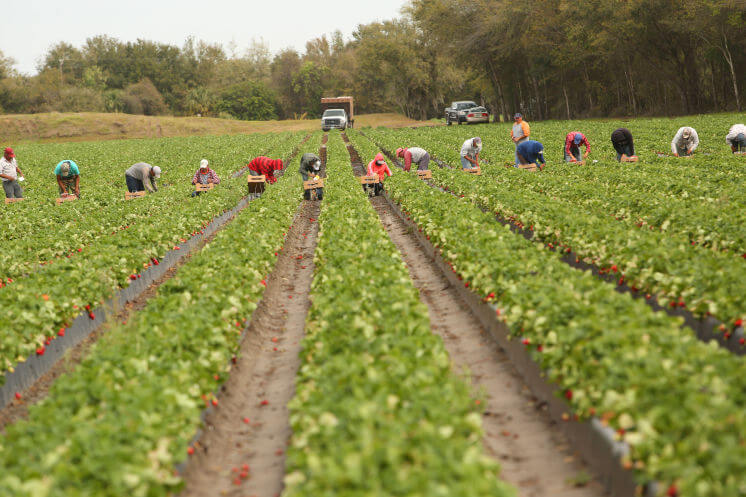Everything You Need to Know About Strawberry Farming
It goes without saying that over the last two decades the United States strawberry farming has been facing an upward trend in per person usage. This can be associated with the consumers’ awareness towards the healthy benefits of this particular fruit which has expanded domestic consumption.
Currently, United States is the world’s leading producer of strawberry. In 2014, United States exported 273.6 million pounds of fresh strawberries, 63.4 million pounds of frozen berries and 14.6 million pounds of processed strawberries which amounted to around $482 million. In general, Canada happens to be the highest receiver of US strawberry exports while the majority of all US strawberry imports come from Mexico that’s according to ERS in 2015.
You might be a beginner and for sure you may just be growing for just small-scale usage or for large scale. This article will be of help to you to go to the next level in your strawberry farming. You will learn the most suitable climatic condition that favours strawberry, the best soil, pests, diseases and strawberry varieties. So let’s get started.

Suitable Land, Climate, and Soil for Farming Your Strawberry
Strawberry grows best in temperate and subtropical climate. A strawberry requires at least 10 days of sunshine exposure of over 8 hours a day so as to start flowering. When it is winter season, they don’t grow and mostly they are dormant. Various varieties of strawberry respond to light differently; there is a variety that develops flowers whether there is long or short exposure to light and the other variety only produces flowers during short light periods.
Strawberry requires very well-drained medium loam soil which must be rich in organic matter. The soil should be a little bit acidic (PH from 5.7-6.5) because high acidic soil affects its root formation while high calcium in the soil causes yellowing in leaves. Try to avoid alkaline soils and always practice crop rotation. The ideal planting season in highlands is between Septembers to October. If you plant too early your plants lose vigour which results in low yield and poor quality fruits.
The land for strawberry farming should be ploughed deeply and then it should be harrowed. You should also incorporate a good amount of manure into the soil before planting. Planting can be done on flat or raised beds and be in form of hill or matted rows. The type of land and the variety determines the spacing but usually 30cm by 60cm is used. Make sure you set the roots of the plant facing down straight while planting and also let the soil be firmly packed around the plant to avoid air. Don’t forget to irrigate after planting, and should be frequent but in less amount.Pests and Diseases that Affect Strawberry
Pests and Diseases that Affect Strawberry
These pests and diseases affect a various variety of strawberry, however; you are going to see the most common. Basically, we have various types of strawberries that are classified according to the time of fruiting, their disease resistance capability and also the quantity they produce. Some of them include Albion, Tillamook, Stelemaster, Northeaster, Elsanta, Jewel, Earliglow, Quinalt etc. Nevertheless, you should consult your local nursery to know the best choice in your region.
Some of the most common pests include Red spider mites and cutworms which can be controlled by monocrotophos and wettable Sulphur. Control cutworms by thoroughly dusting the soil with chlordane before planting. The most common diseases include red stele and black root rot. Always avoid these by crop rotation and planting disease-resistant crops.
You are now ready for a great harvest.